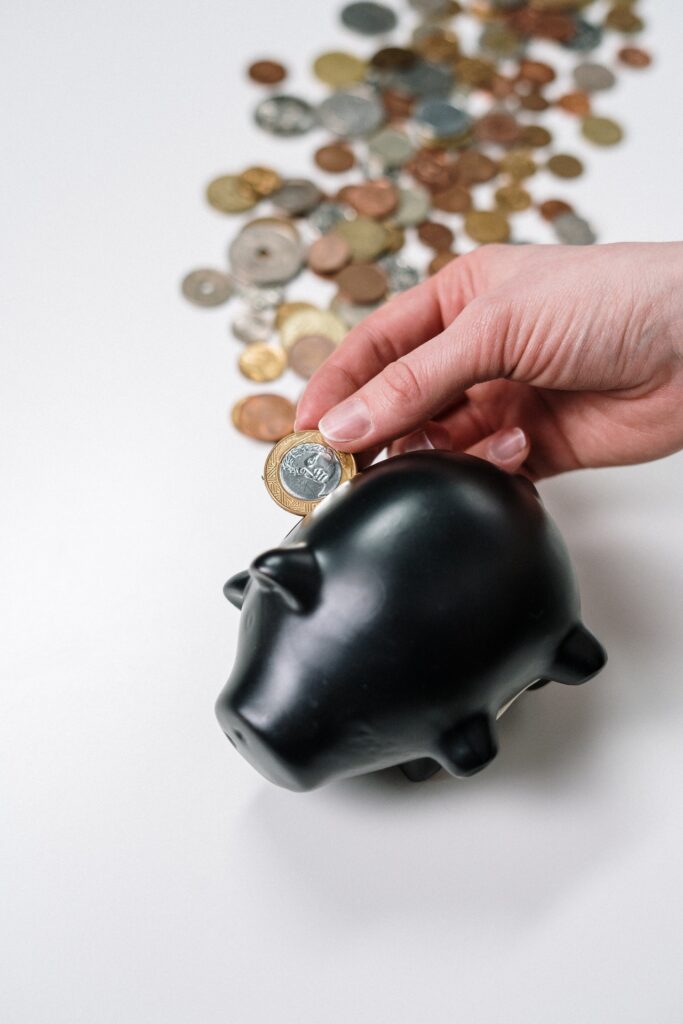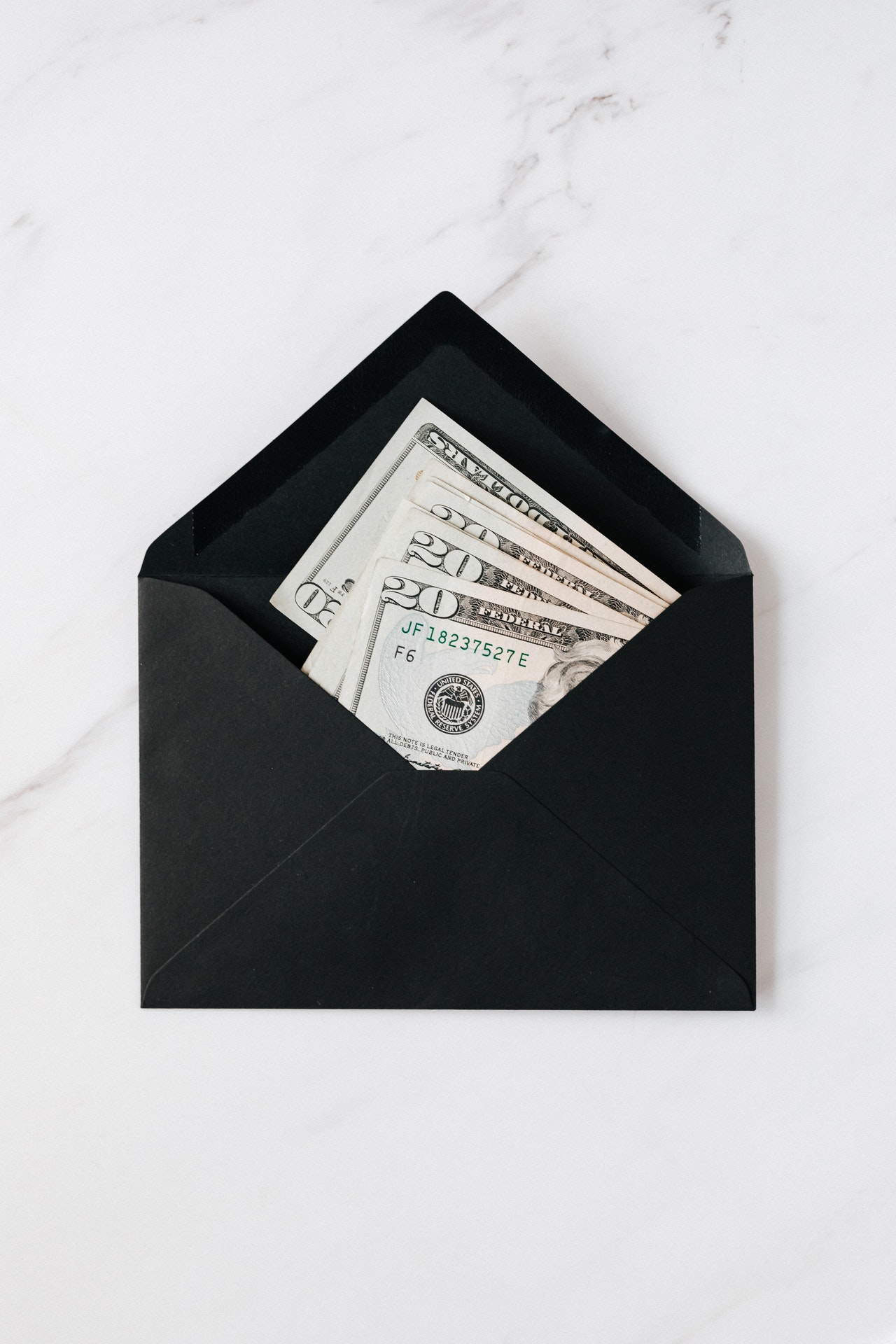Monetization is an important aspect any app developer should analyze. We will tell you how to monetize your app, or in other words: turn your app idea into money. Learn what options are and what you should avoid on the way to successful app monetization.
How do you make money with an app?
There are numerous ways to monetize an app. It is important to think carefully about which variant fits your own concept.
In most cases, apps are low-cost products. The market is highly competitive because many applications are available for cheap or even free of charge. Accordingly, popular apps are often downloaded and used frequently by millions of people.
Good download numbers are by no means a guarantee of high income. Even a popular app can become a flop if the wrong monetization model is chosen. To prevent this from happening to you, we will give you an insight into the various approaches to app monetization in the next section.
SDK
Utilizing SDK (software development kit) is a great idea for app monetization. SDK monetization occurs in the following way: users agree that some of their data will be used, and this data is then monetized. Only non-personal data is used, so there's nothing to worry about.
In-app advertising
Speaking about this option, we mean advertising traffic from mobile applications. This source appeared in 2013 but remained unclaimed for a long time. Over time, new and convenient tools have appeared for working with it. And now this traffic is attracting more and more affiliates and advertisers.
Why has in-app advertising become one of the trends? The mobile Internet audience is growing: according to Data Reportal, by January 2021, 5.22 billion unique users were registered.
It is important to note that in-app ads only refer to in-app ads. Push notifications, pop-up banners, and other formats on sites (for example, news portals) have nothing to do with it.
Freemium
It is a business model in which the product has a free version with restrictions and a full paid version.
It works like this: a mobile game can be played for free, but certain "features" are opened when you pay for a subscription, and in dating apps, you can see who has liked you by purchasing a premium version.
Freemium products lower the user's login threshold; it is assumed that, as he gets used to using the product, he will want to expand the range of options available.
This business model uses the well-known rule of reciprocity in social psychology. When people receive something for free, they feel indebted and want to thank the donor with something. For this reason, if people like the basic version, they often agree to buy the extended version. It provides more educational functions and opportunities.

In-app purchase
Game apps are often monetized this way. Such an application can be used free of charge. However, users can purchase extensions or bonuses or shorten waiting times through in-app purchases.
One can implement this variant independently of third-party providers. However, there must be an attractive incentive to buy. Finding it is often anything but easy.
Paywalls
The paywall is a model of making money on content, in which part or all of the published content becomes available for reading only after payment for access to it.
We can say that the history of paywall and paid subscription dates back to the moment when mankind invented paper and writing, laying the foundation for disseminating information among those interested in it. Newspapers, brochures, heralds in the central squares - all this laid the foundations for "payment for information."But please make sure not to scare the user away with too strict restrictions.
Paid apps
This option is the most obvious one. These apps can only be used through payment, either as a one-off purchase or in subscription form. The greatest advantage of this strategy is, at the same time, the greatest disadvantage because users do not have the chance to try an app free of charge. Therefore, the entry barrier is particularly high here.
